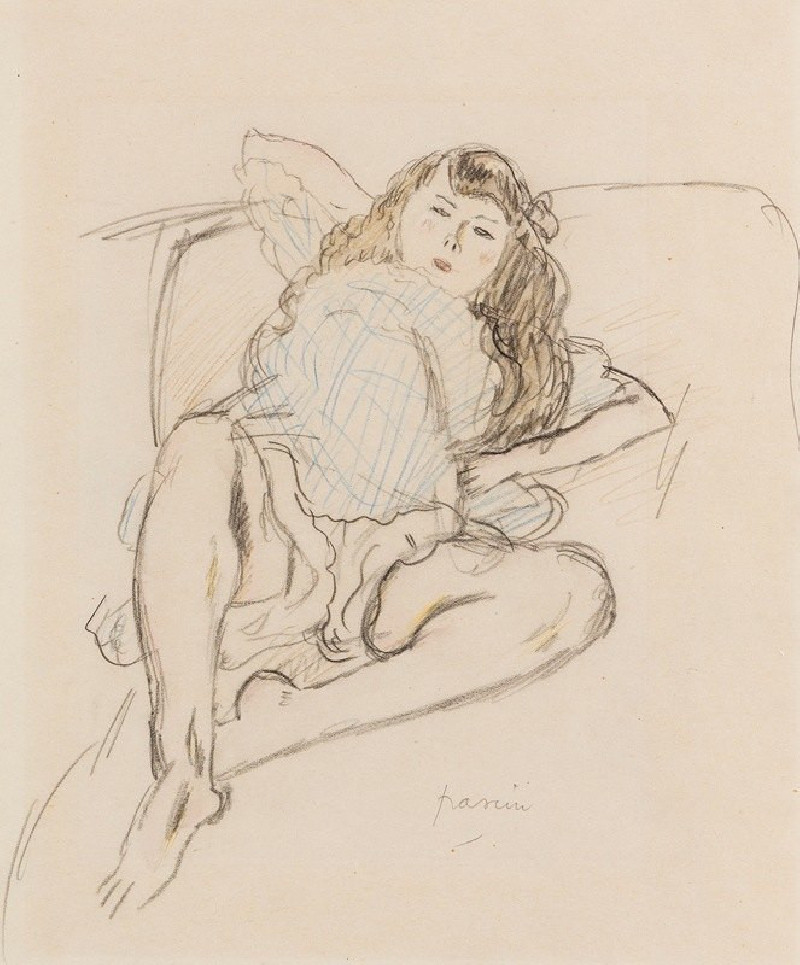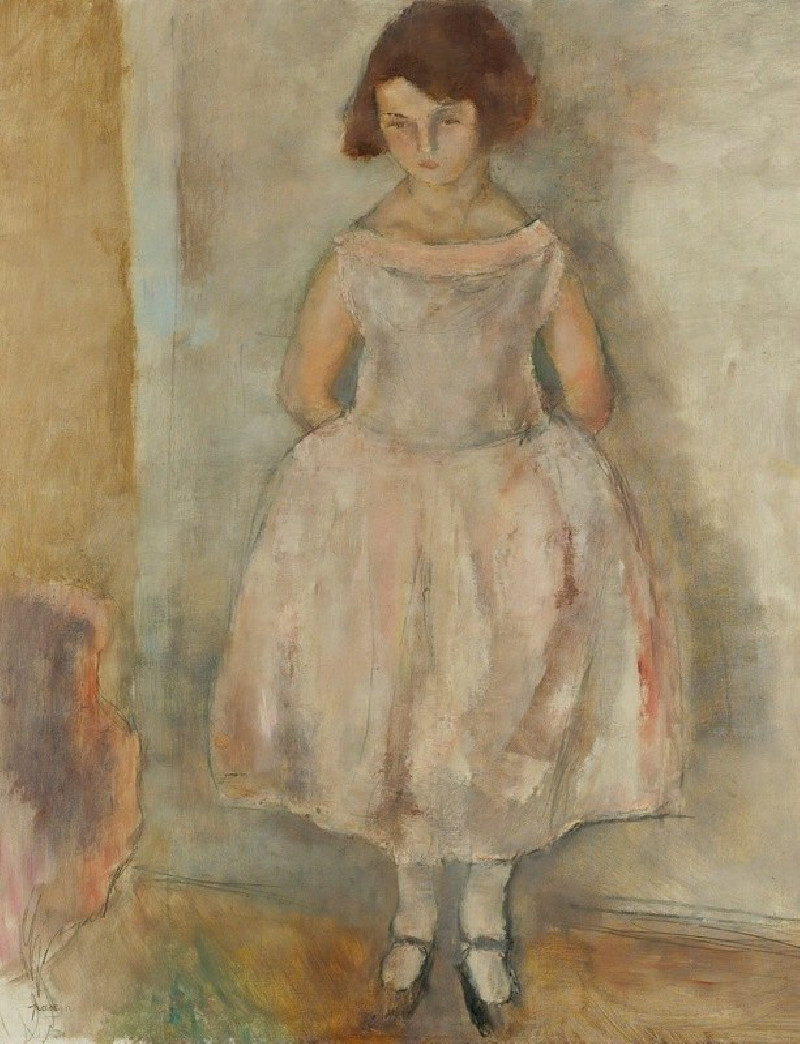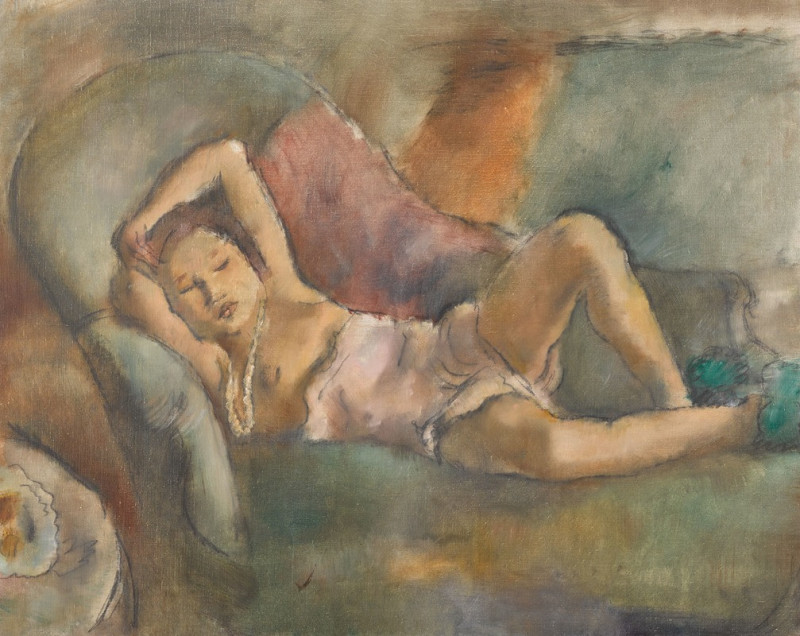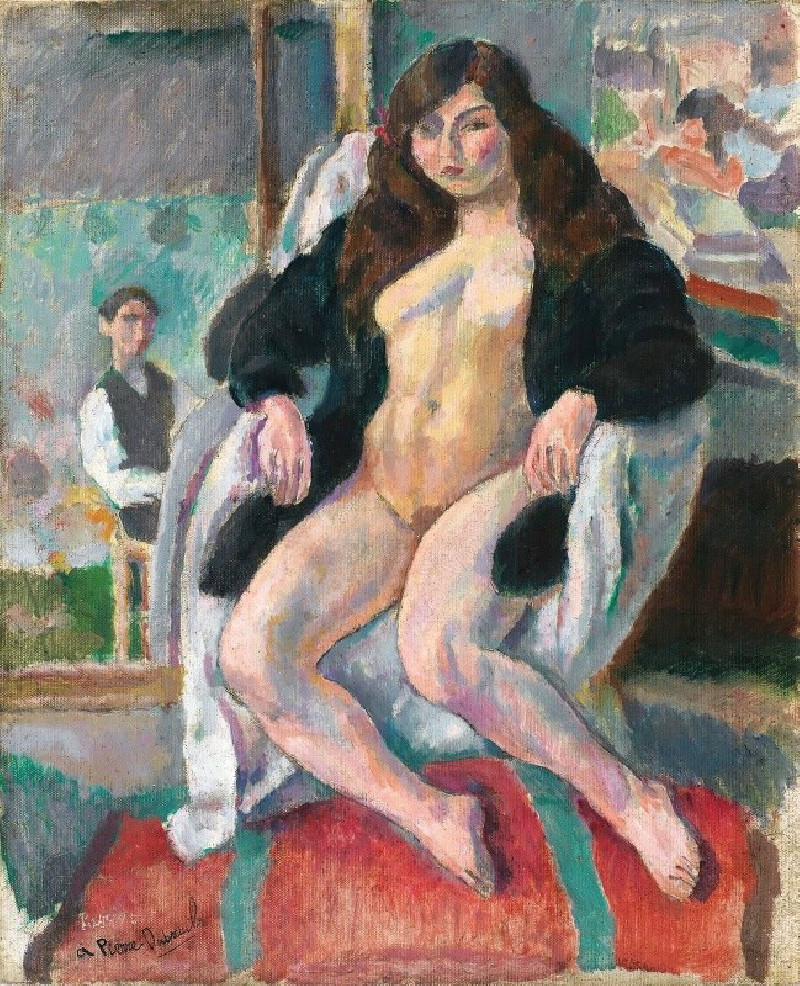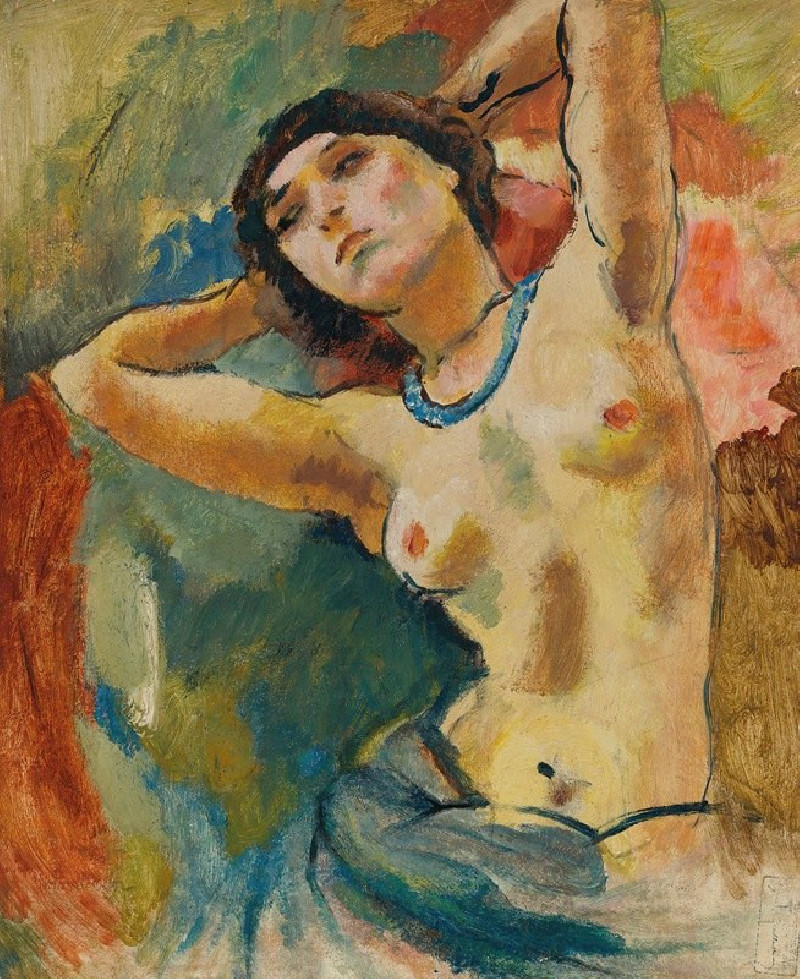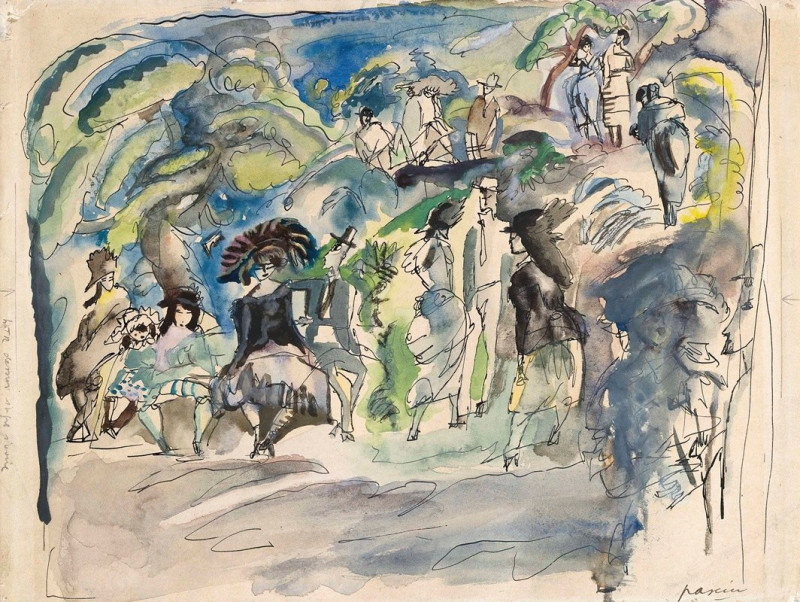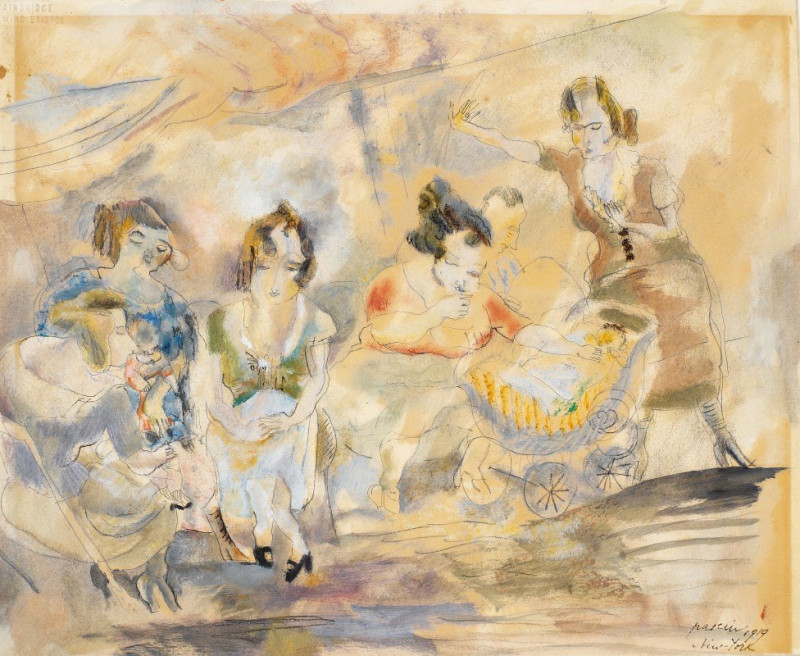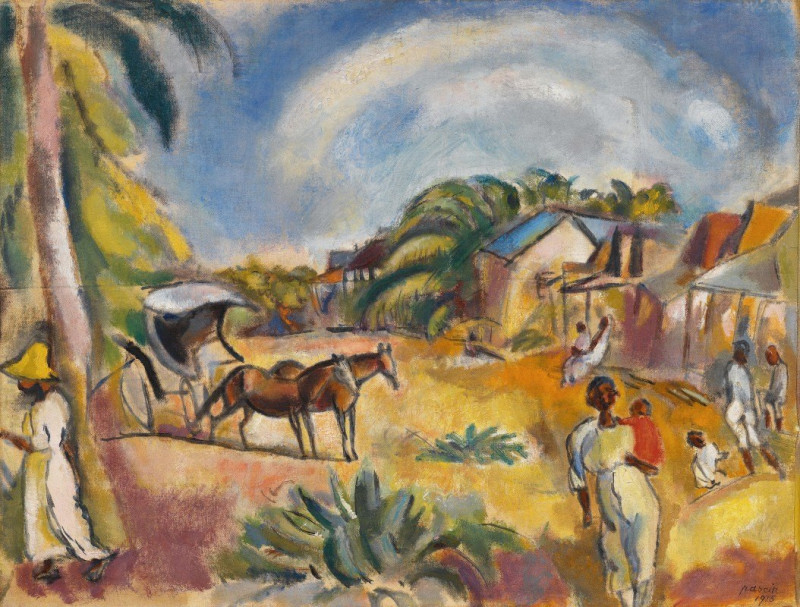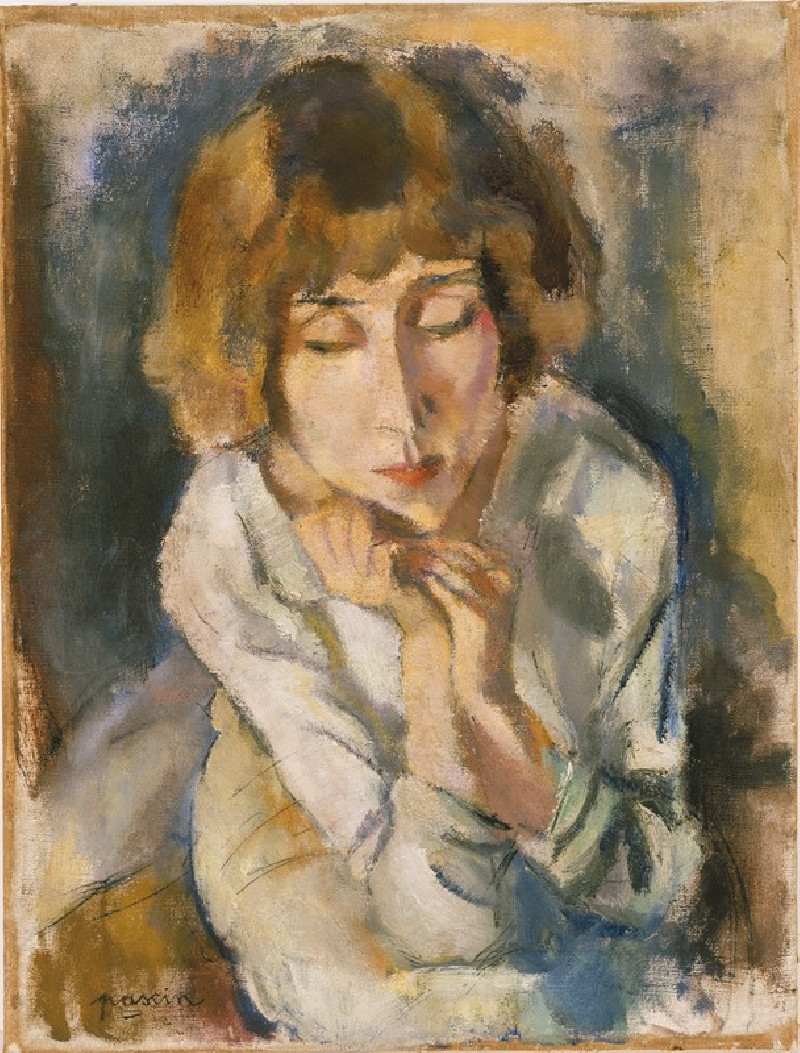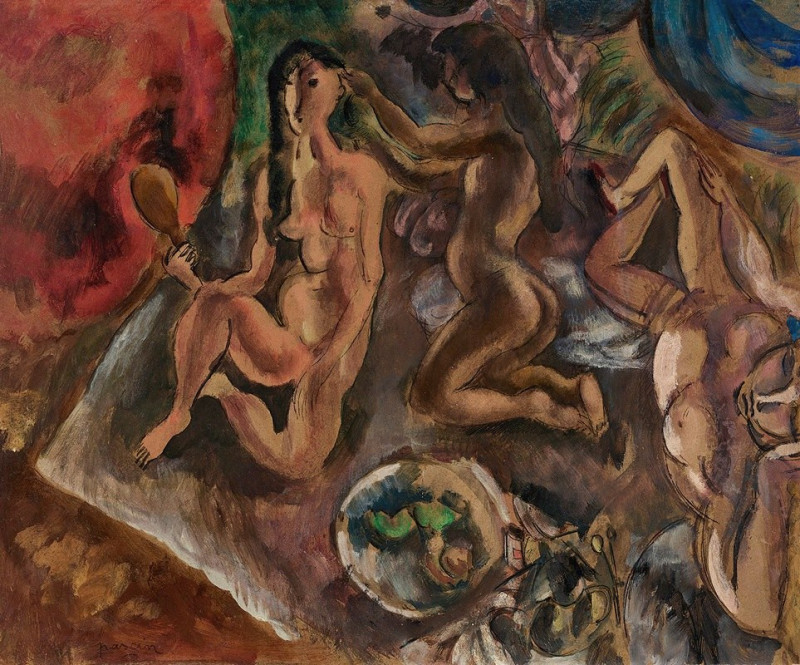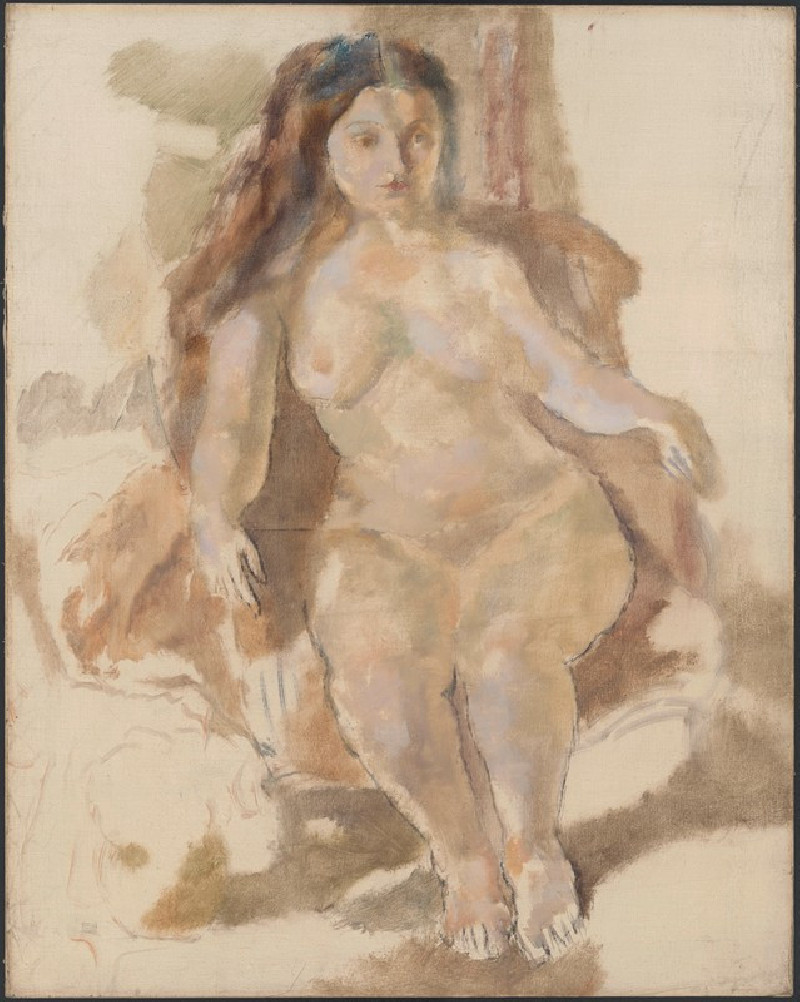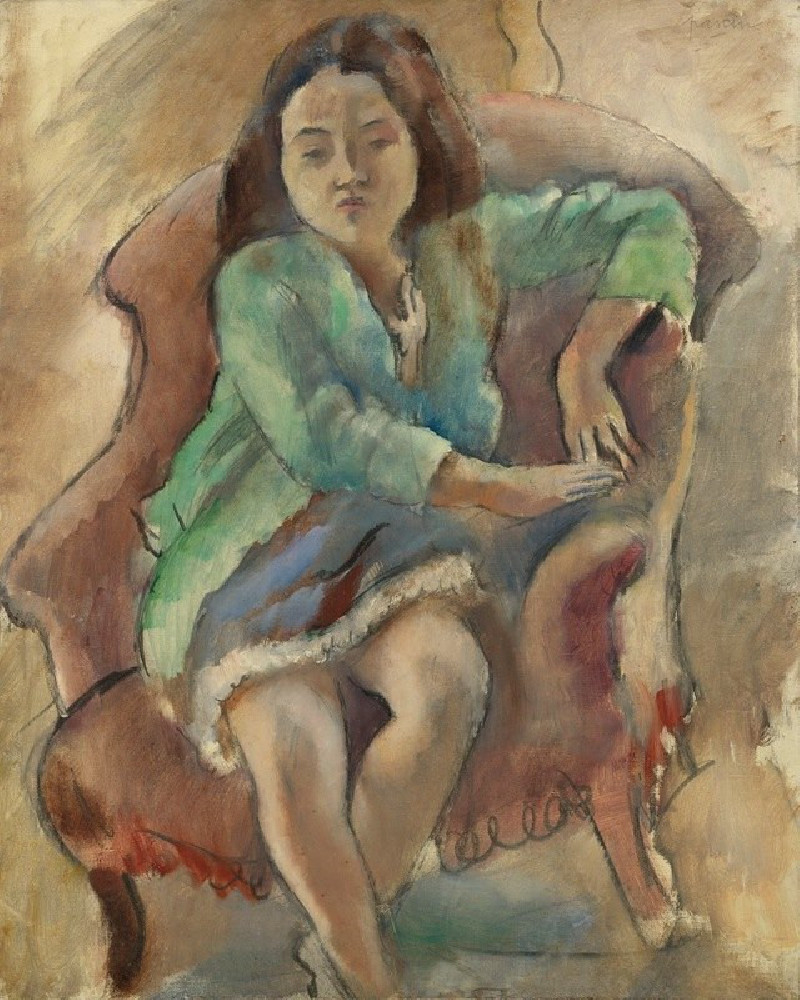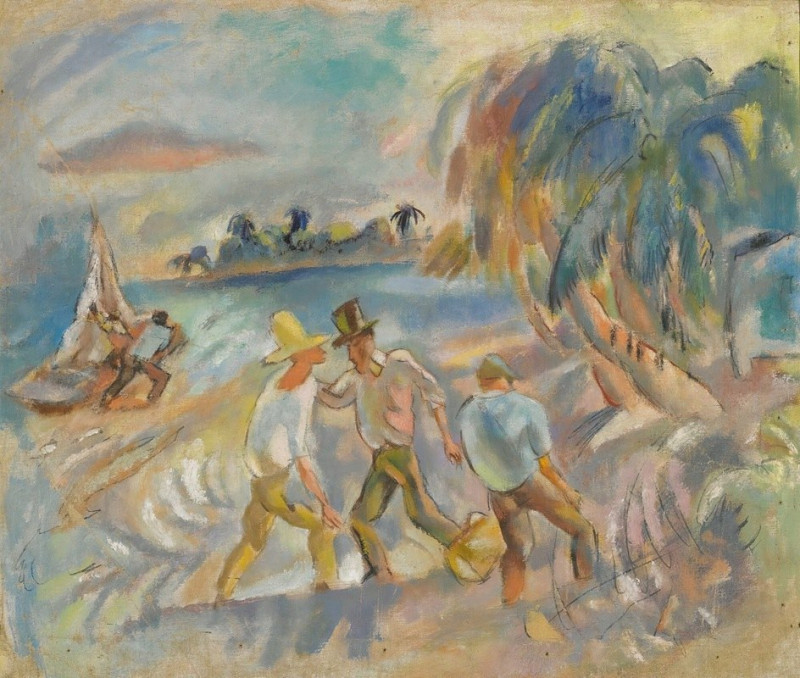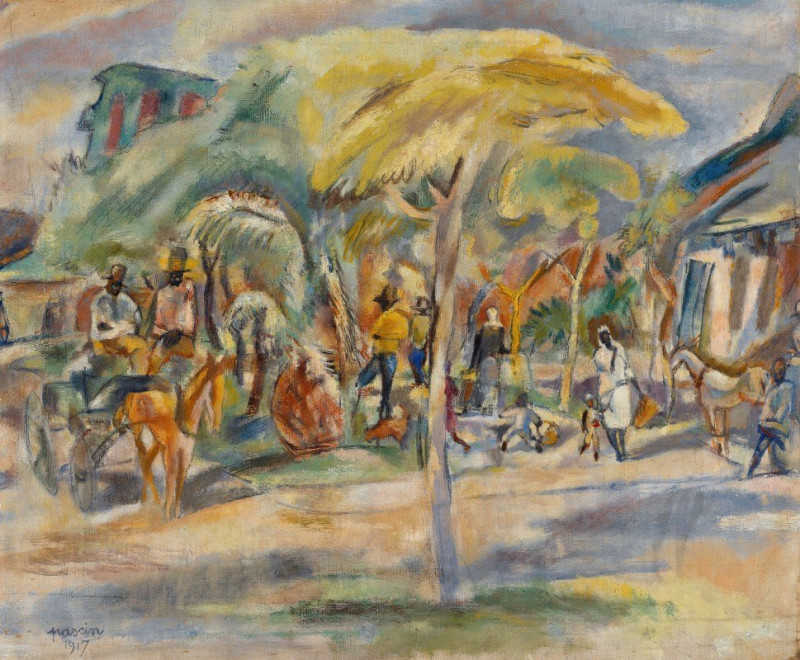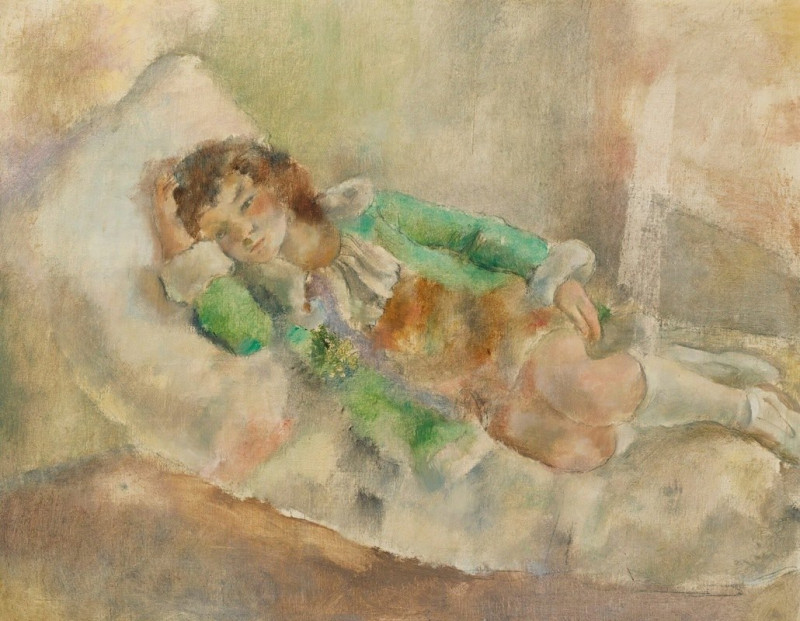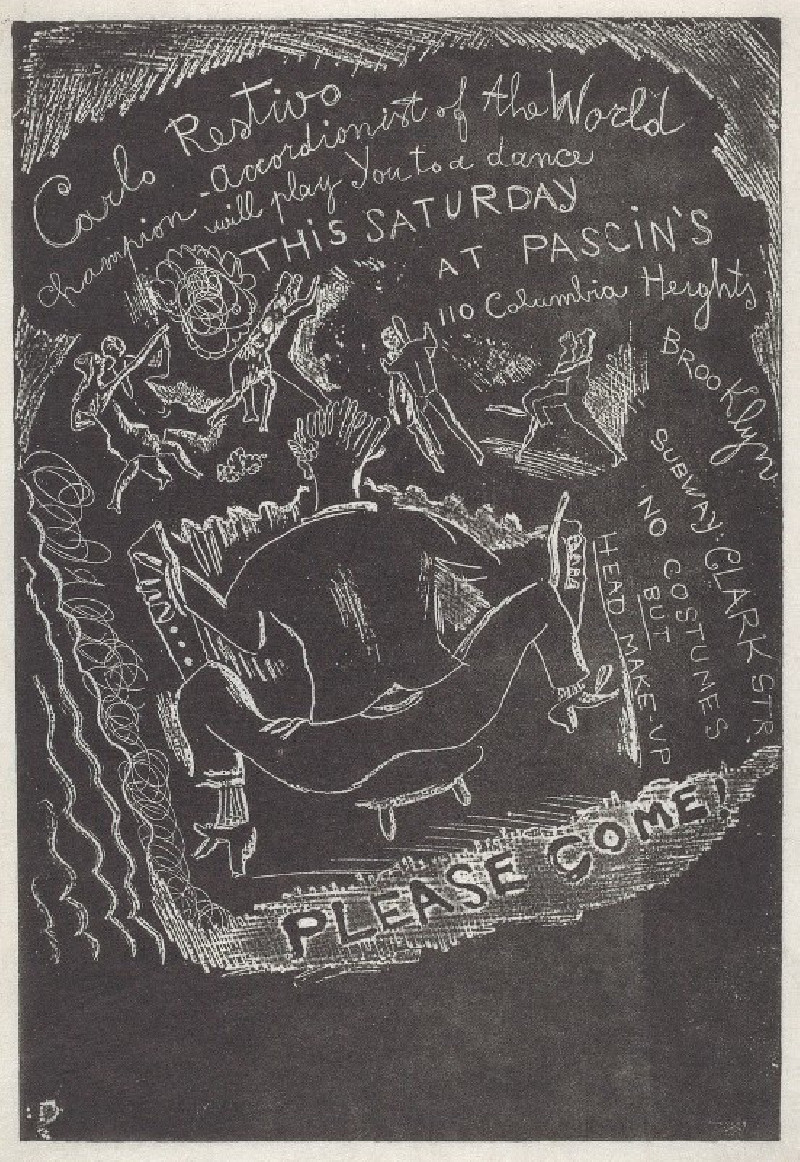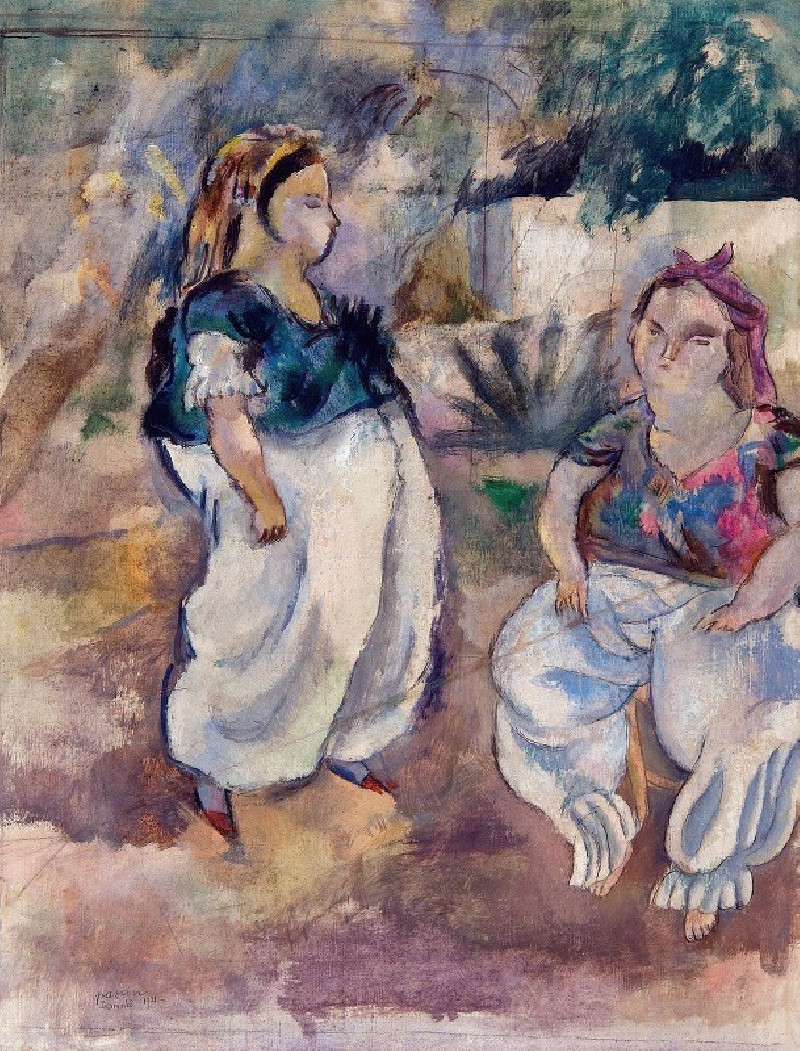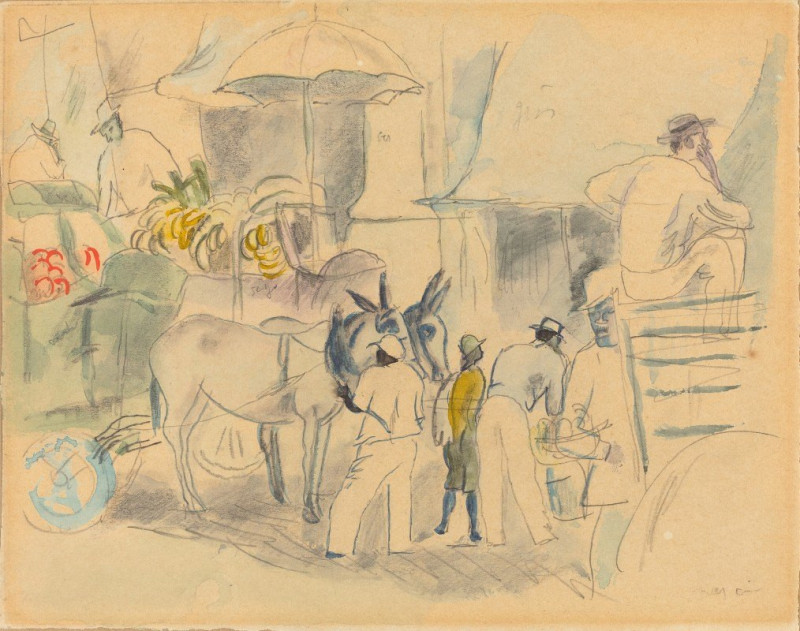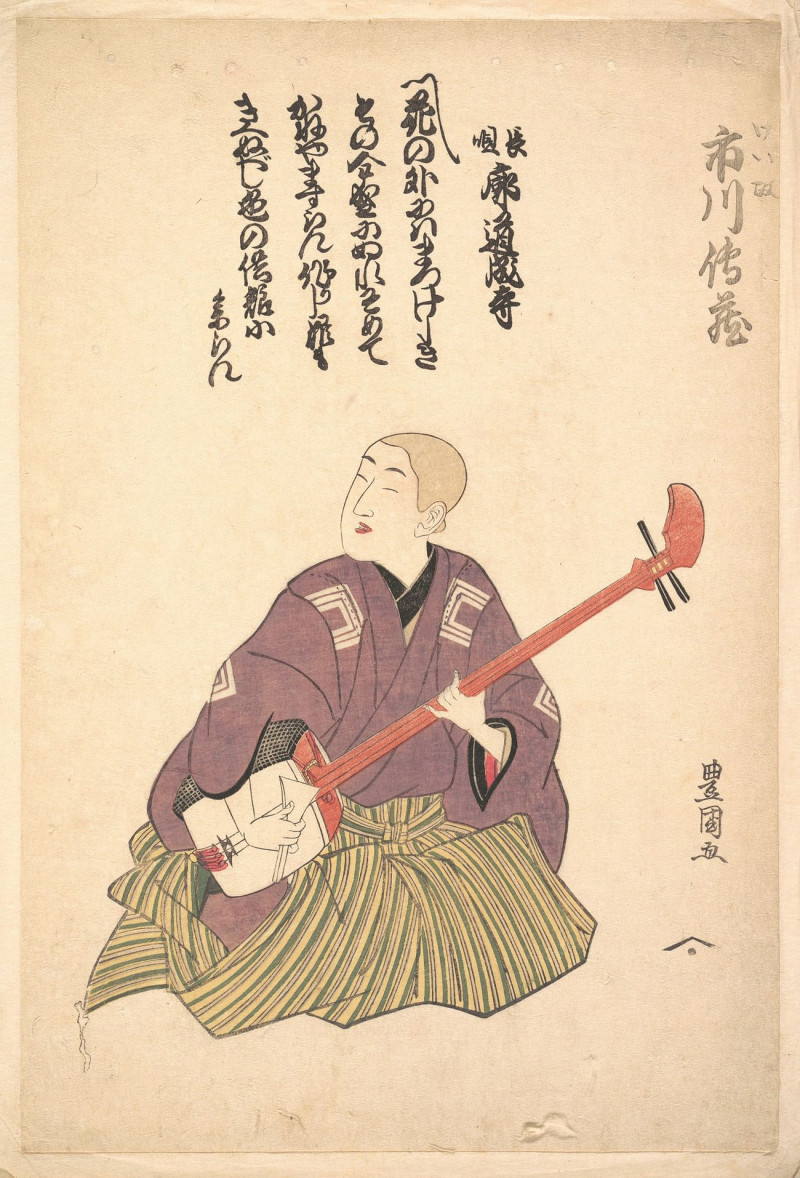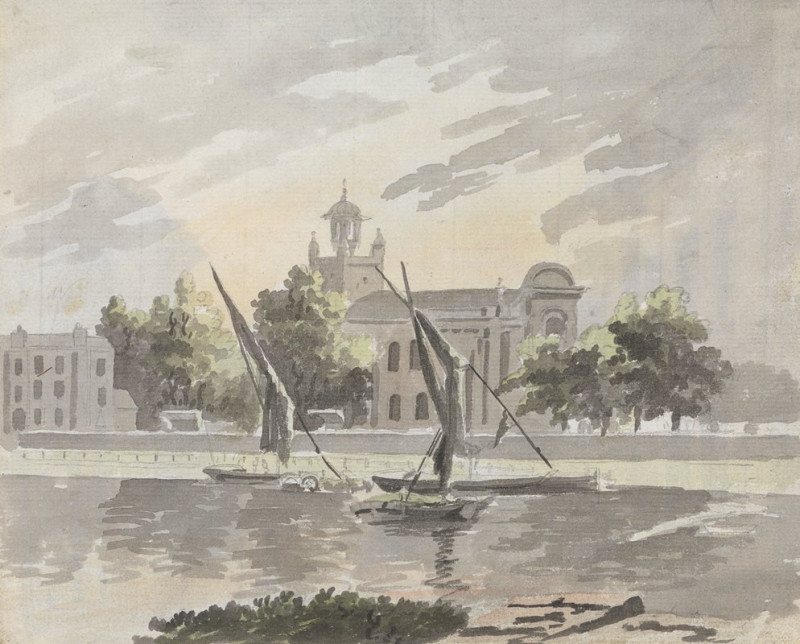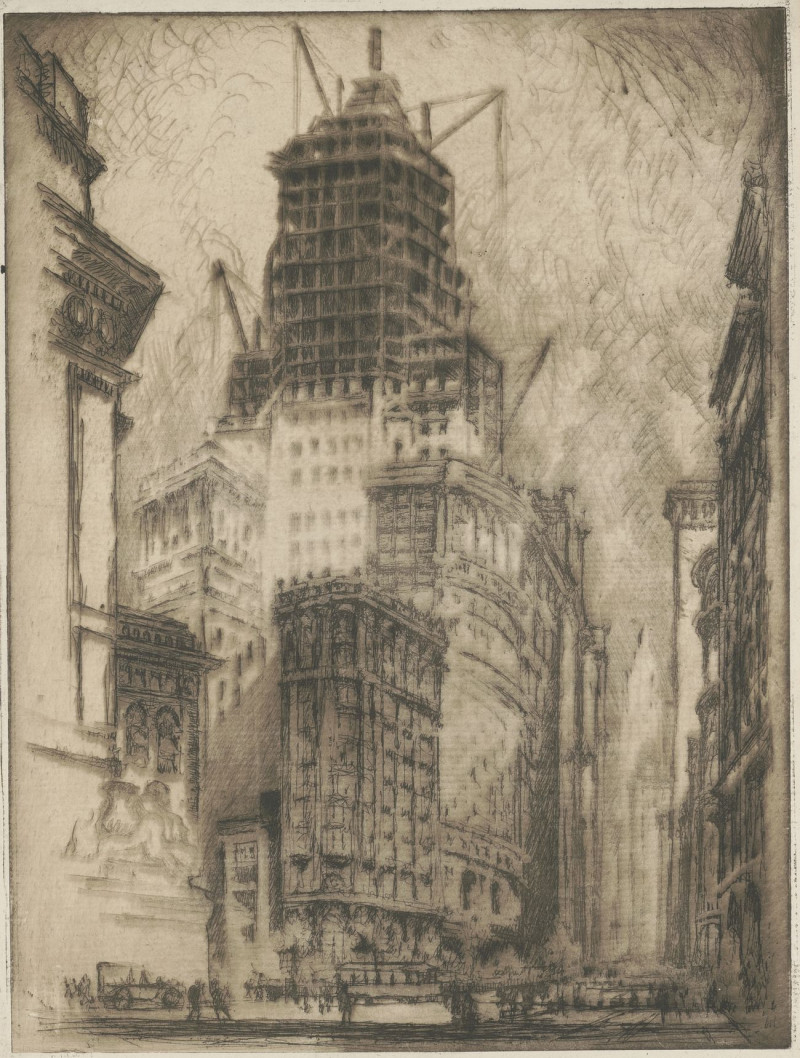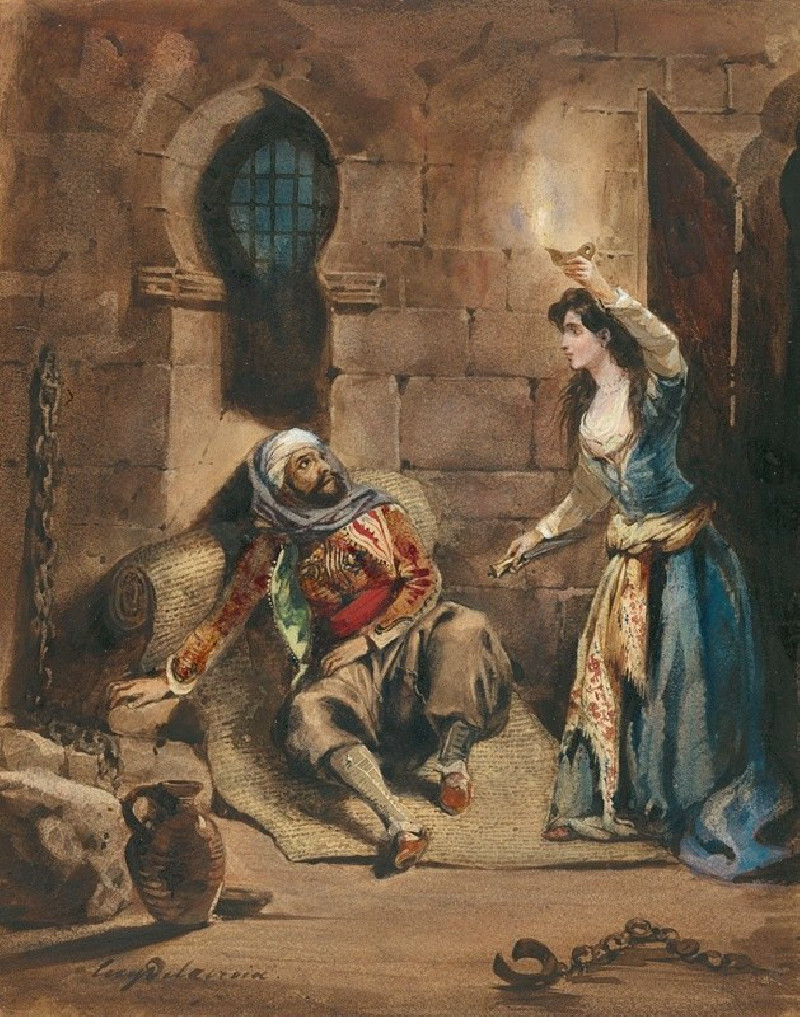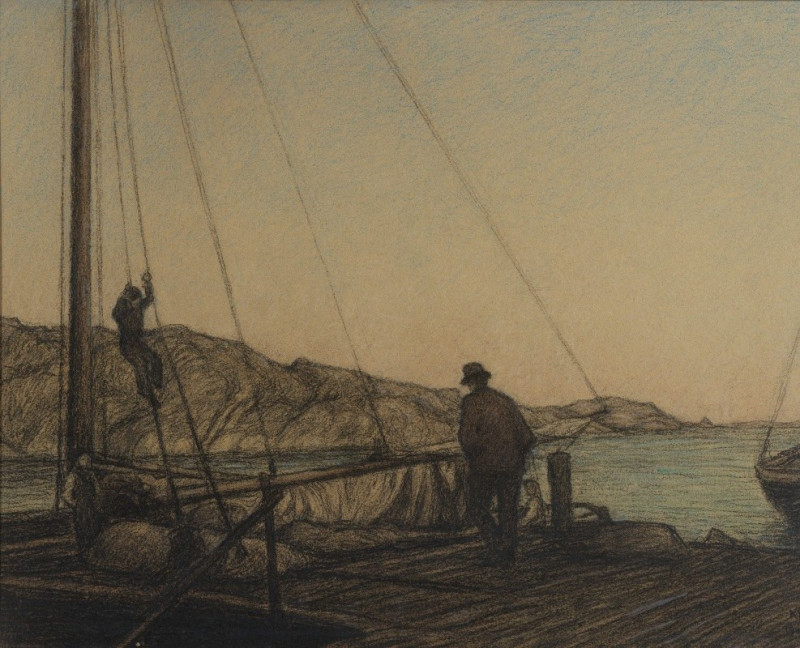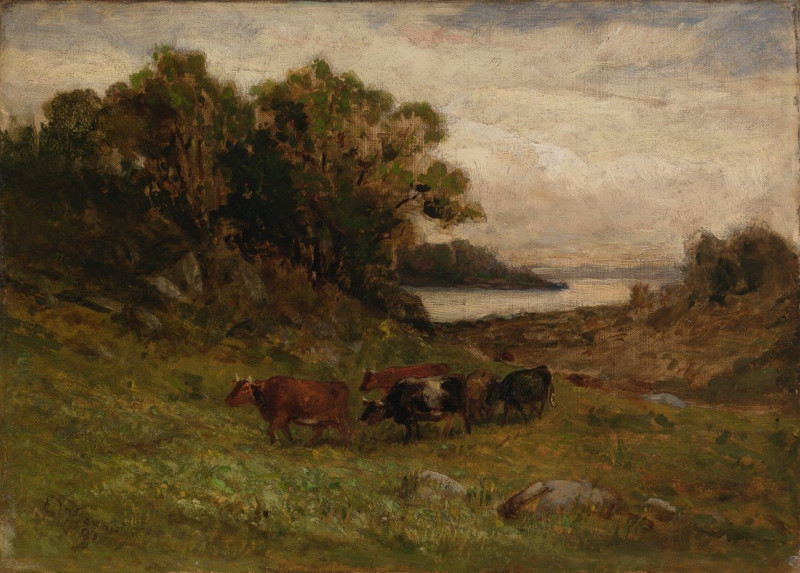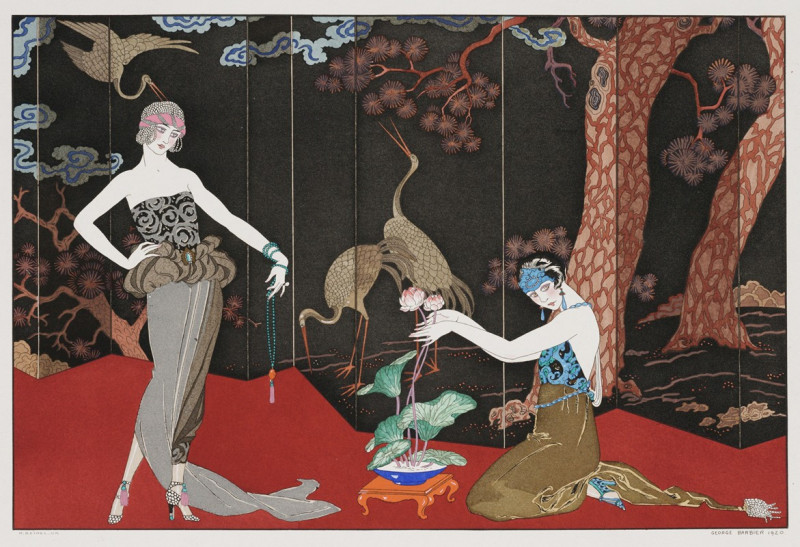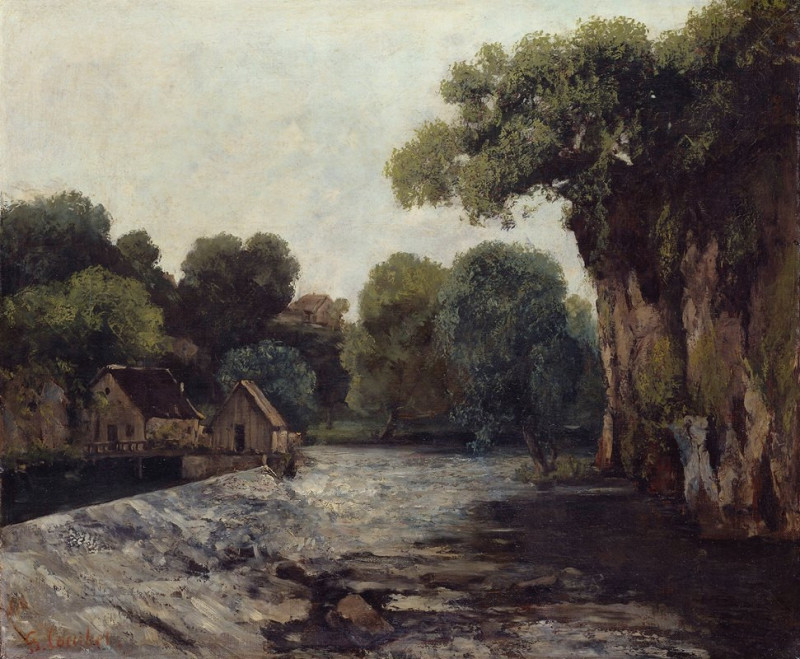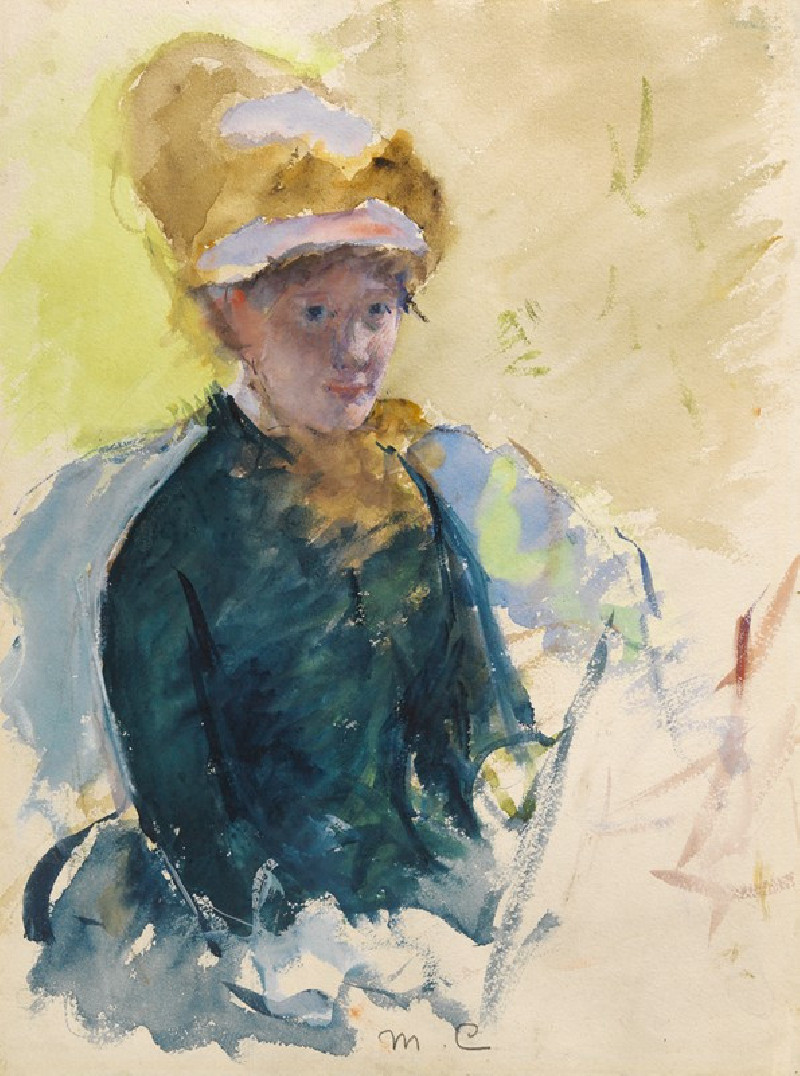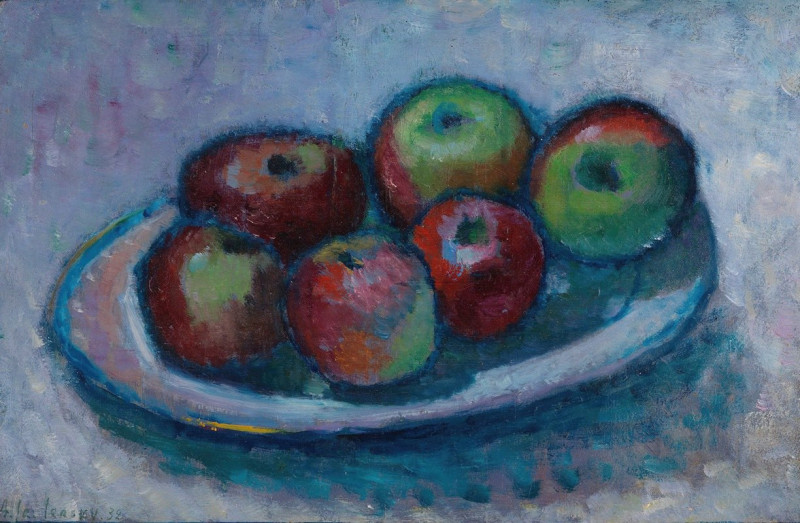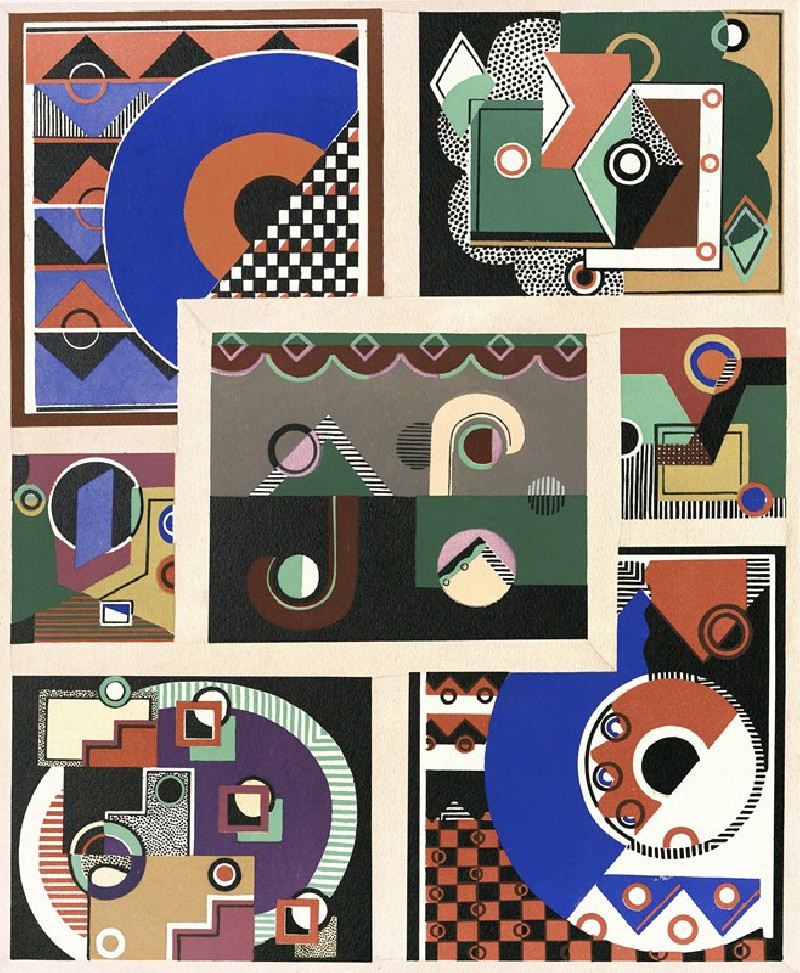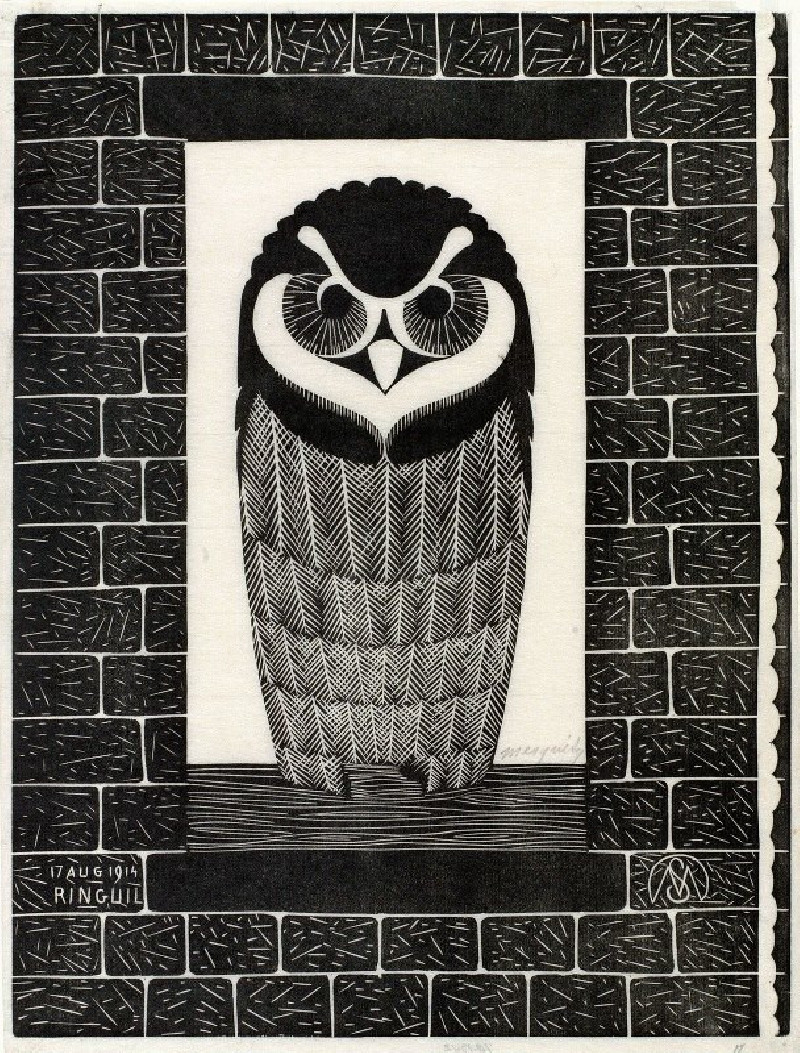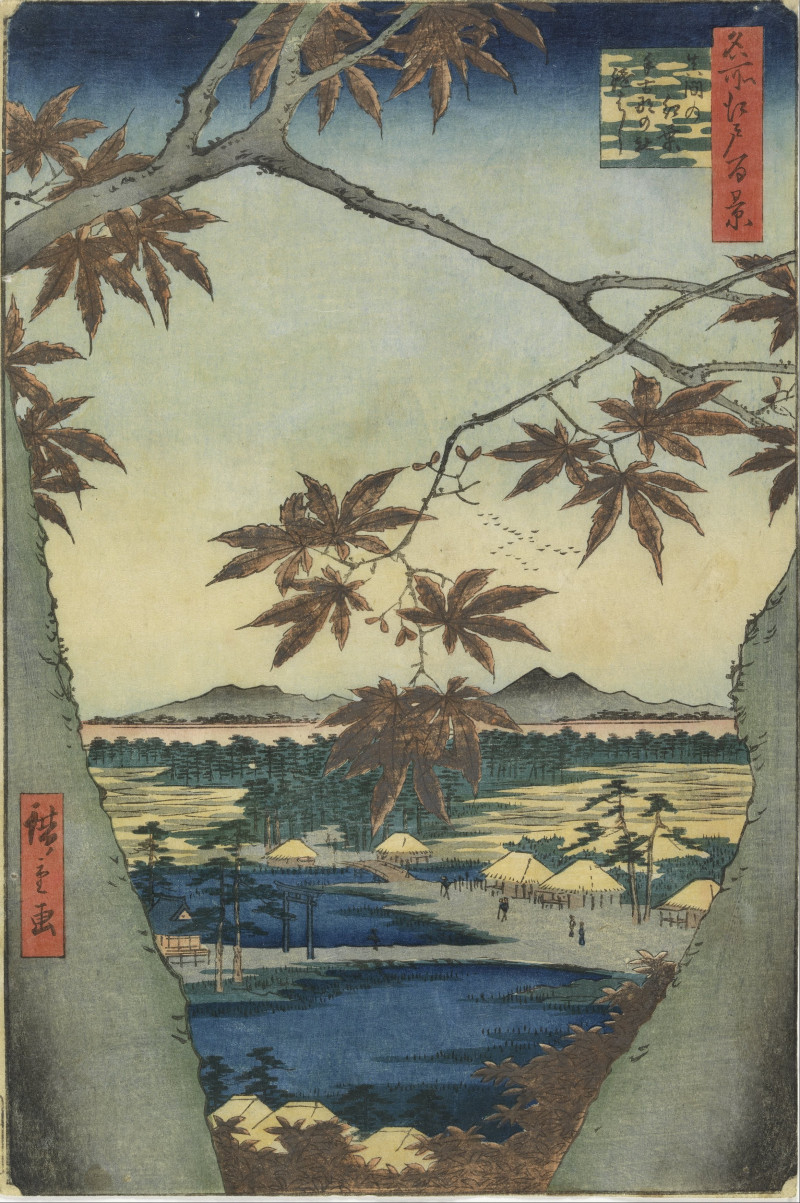Liegende (1920)
Technique: Giclée quality print
Recommended by our customers
More about this artwork
"Liegende" (1920) by Jules Pascin is an evocative pencil and watercolor sketch that captures the relaxed yet expressive posture of a young woman lying down. In this intimate portrayal, the viewers are invited to engage with the languid grace of the figure, whose gaze seems lost in thought or perhaps daydreaming. Pascin's use of soft pencil lines blends effortlessly with gentle washes of color, predominantly blues and grays, enhancing the dreamlike quality of the piece.The skillful depiction of the woman's wavy hair and the intricate pattern of her blouse add layers of texture to the composition, making the scene vivid yet subtly understated. Known for his ability to capture the visceral and the tender in everyday moments, Pascin excels in this work by conveying a sense of effortless elegance and emotional depth."Liegende" is a testament to the evanescent beauty of youth and the simple moments of repose, rendered with a sensitivity that is quintessentially Pascin's.
Delivery
Returns
Nudes, street scenes and landscapes of women and tropical locations by Bulgarian-born American painter Jules Pascin (1885-1930). Born to an affluent family, Pascin was educated in Austria and Germany before moving to Paris in 1905. It was there that he became associated with the Modernist movement. He attached himself to the human condition and was known for painting portraits of nude and half-dressed women. He stands in the grand tradition of the romantic, bohemian artist.

